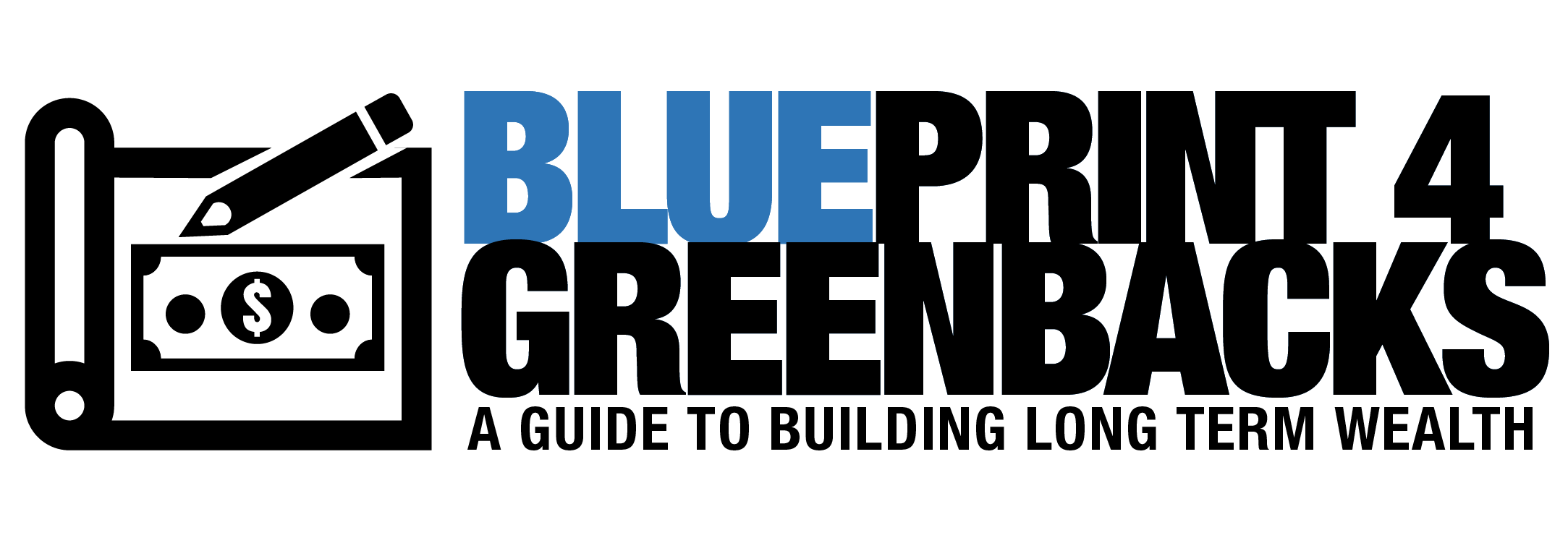- Divert earned income to pre-tax savings accounts, and grow your unrealized income and net worth by investing after-tax money in assets that appreciate either tax-free or tax-deferred – particularly a Roth IRA and real estate whenever possible.
- Never allow your realized income multiplied by 1/5 of your age to exceed your net worth. For example, if your net worth is $400,000 and your age is 40, then you should never realize more than $50,000 of your earned income i.e., $50,000 (realized income) x 8 (age factor) = $400,000 (net worth). Reward yourself with additional realized income only after you have commensurately increased your net worth. The alternative is the “rat race” (i.e., the earn-and-consume treadmill).
- Keep your realized income down by diverting your earned income to pre-tax savings accounts (e.g. a non-qualified deferred compensation account, a 401(k) account, and a health savings account).
- Grow your unrealized income and net worth by investing your after-tax money in assets that appreciate either tax-free (e.g., a Roth IRA account, a variable life insurance policy, a 529 college savings account, and municipal bonds) or tax-deferred (e.g., real estate, public-company growth stocks, and private companies). As a top priority, fully-fund your Roth IRA each year that you qualify to contribute.
- Place at least half of your investment portfolio in a no-load S&P 500 index fund (preferably a Vanguard fund), but always have some exposure to small-cap domestic stocks, foreign stocks, REITS, and bonds. Buy managed mutual funds or individual stocks only in the small-cap space where the markets are less efficient. Avoid complex investment strategies; be an investor, not a trader. Dollar-cost-average your stock purchases and rarely sell; it’s time in the market, not timing the market.
- Most multi-millionaires are either business owners or real estate investors. Thus, if you are not a business owner, then the best destination for your after-tax money is investment real estate. After you have grown your investment portfolio to at least 10 times your annual realized income, diversify your assets by purchasing at least one residential or commercial building every two years. Apply the discipline that each building must “cash flow” immediately upon purchase (i.e., all rent receipts must exceed all mortgage, tax, maintenance, and insurance payments). Achieve this cash flow through a combination of a sufficient purchase-discount and a sufficient down-payment.
Footer
What are we doing here?
This is an exercise in self improvement. Fun and learning. Helping others and helping myself. Let’s see how it goes?
Posts So Far
| M | T | W | T | F | S | S |
|---|---|---|---|---|---|---|
| 1 | ||||||
| 2 | 3 | 4 | 5 | 6 | 7 | 8 |
| 9 | 10 | 11 | 12 | 13 | 14 | 15 |
| 16 | 17 | 18 | 19 | 20 | 21 | 22 |
| 23 | 24 | 25 | 26 | 27 | 28 | 29 |
| 30 | ||||||
Recent Comments
- Business on Financial Planning Continuous Improvement
- Tomas2385 on Financial Planning Continuous Improvement
- Anderson4912 on Financial Planning Continuous Improvement
- Eva4956 on Financial Planning Continuous Improvement
- Alice3489 on Financial Planning Continuous Improvement

Leave a Reply